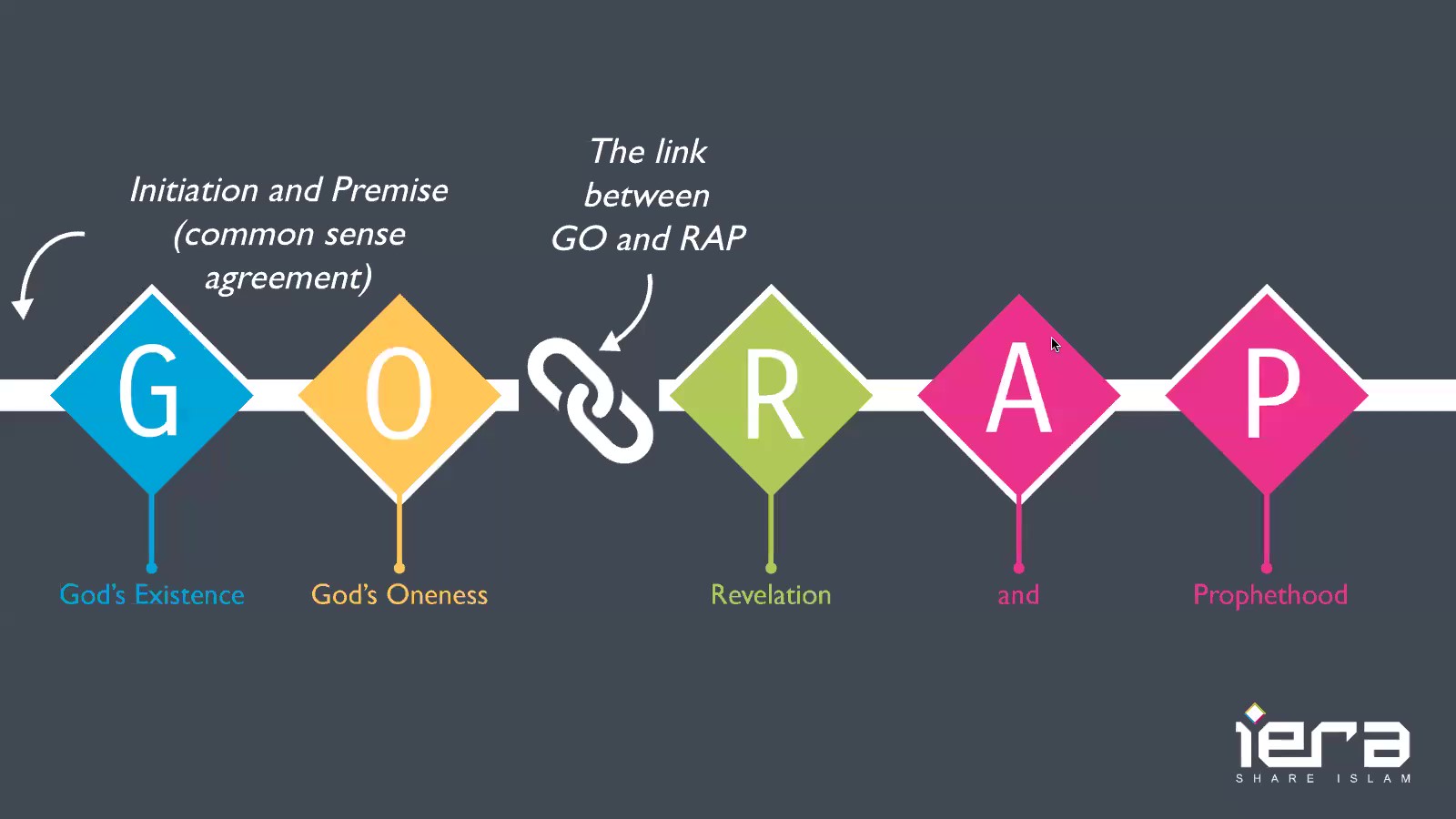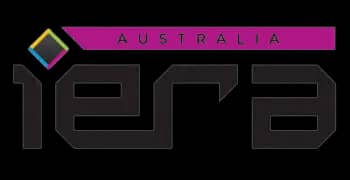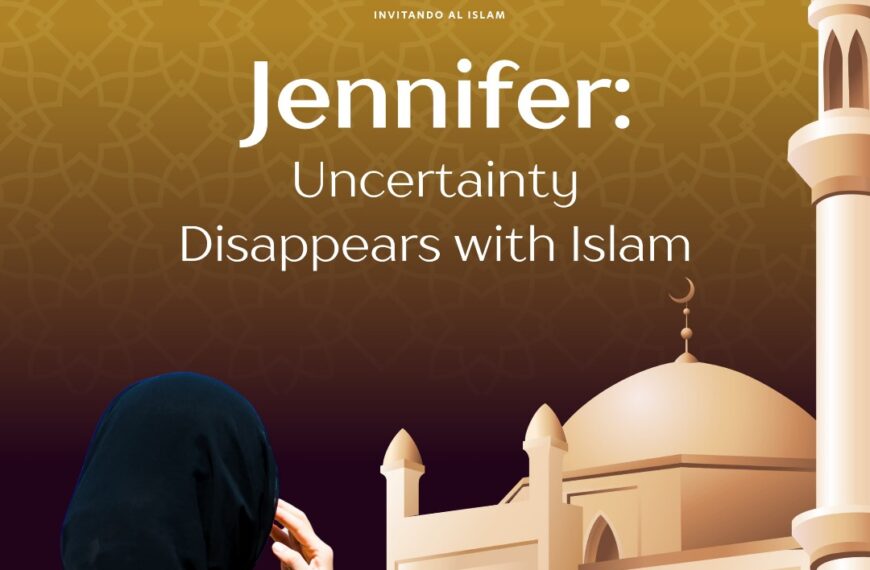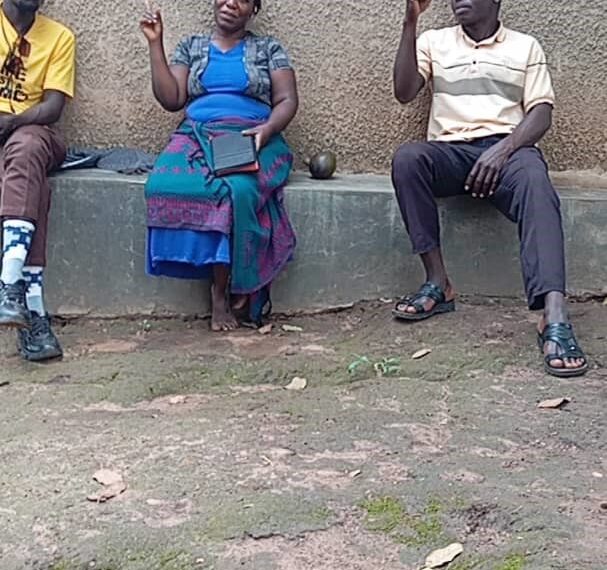In this blog post we dive into the discussion on God’s Oneness, a pivotal chapter in the ongoing Thursday Live series hosted by iERA. Where we continuing exploring best practice of effective Dawah, this session tackled a crucial question: How do we transition from establishing God’s existence to explaining His oneness?
Building on the Foundation: From God’s Existence to Oneness
Our previous session we explored the fundamental steps of initiating conversations and establishing common ground, followed by a deep dive into proving God’s existence using the GOWRAP methodology. This week session, we shifted gears to tackle the concept of Tawheed, the absolute Oneness of Allah.
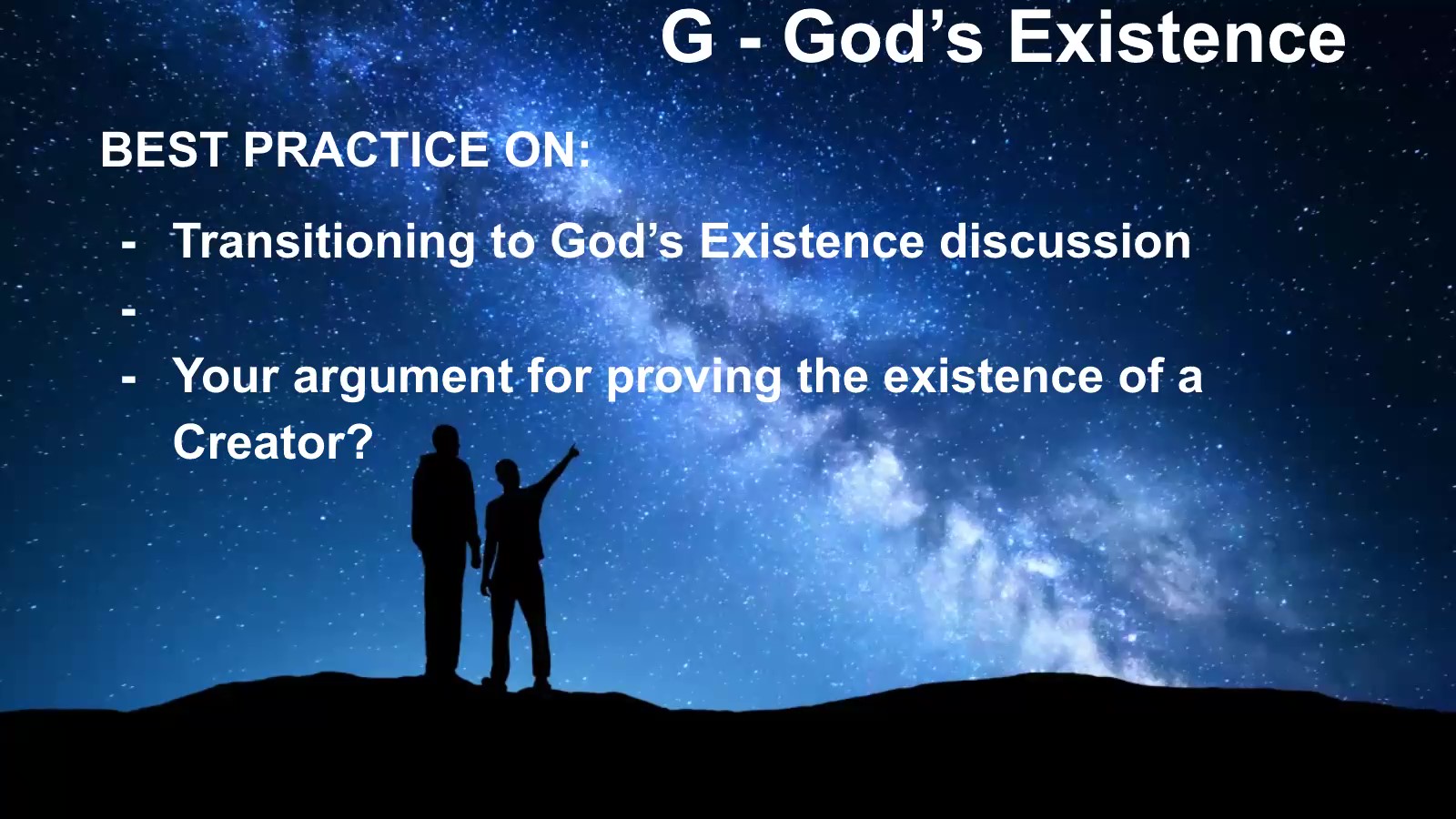
O — GOD’S ONENESS.
The purpose here is to demonstrate why there can only be One God, One Designer, One Creator of the universe, and why this Creator is not like the Creation. We delve into important attributes concerning the nature of God, exploring the essence of His oneness.
THE NATURE OF THE CREATOR
Based on our conclusions, we can deduce that the nature of the Creator must be different from the universe. In other words: “the Creator and creation are not the same!” Why? by looking at the ordering of the universe, we can simply conclude that it needs a creator. The reason is because the universe could not have come from nothing. That makes no sense at all. You can’t get something from nothing let alone something as complex as the universe.
The Intriguing Question: How Do We Transition to Oneness?
Brother Suhail, our host, posed a crucial question: How do we seamlessly transition from establishing God’s existence to expounding on His oneness? What are the most effective arguments and practices for conveying this profound concept?
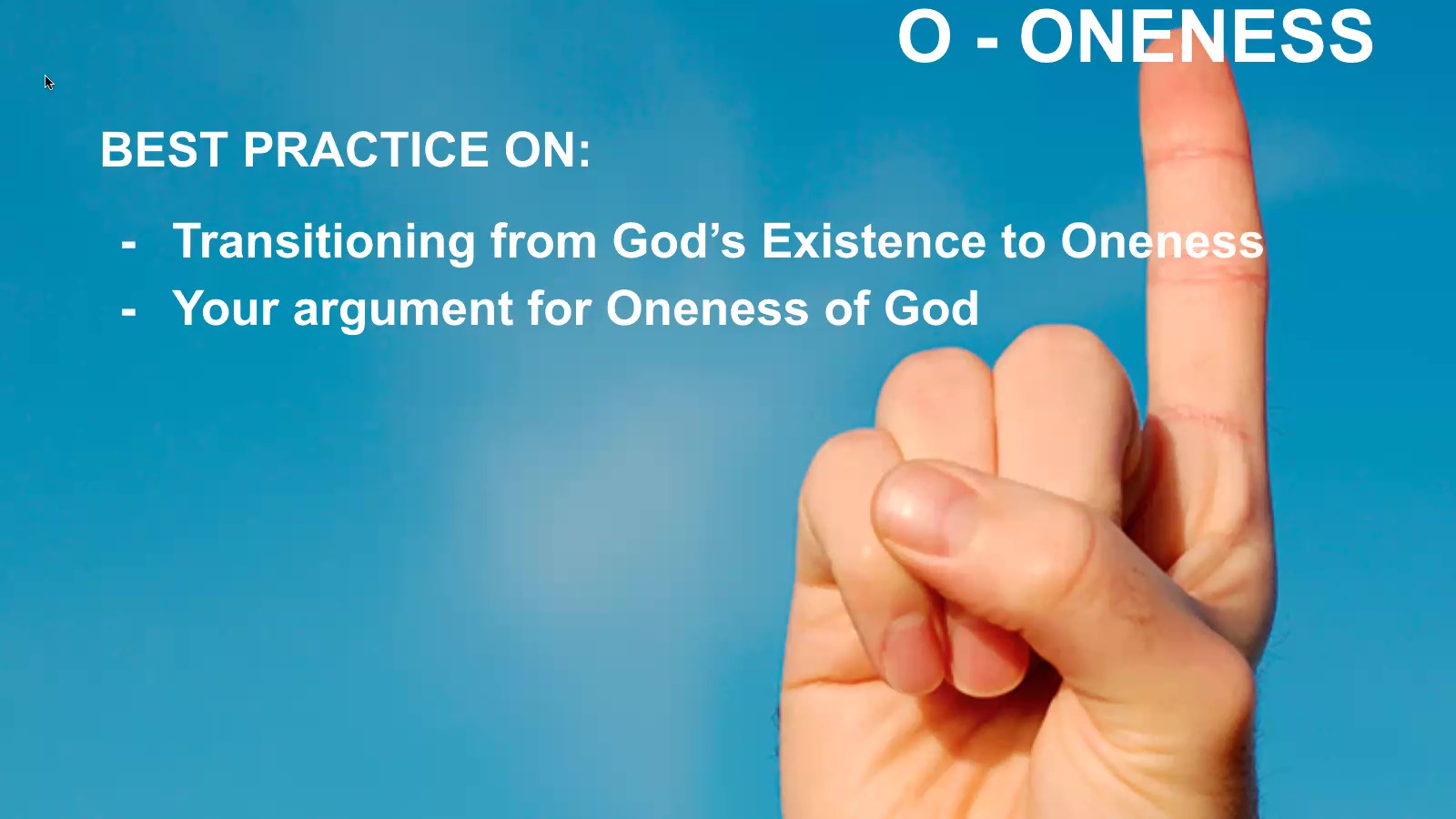
Brother Taj Insights: Oneness Embedded in Attributes
Taj, joining us from Europe, shared his valuable perspective. He emphasized that when discussing God’s existence, attributes like His immense power and infinite knowledge naturally emerge. This discussion itself lays the groundwork for understanding His oneness, as these attributes cannot be attributed to multiple entities. He further presented the intriguing analogy of two gods attempting to move a rock, highlighting the inherent absurdity of such a scenario.
Best Practice: Brother Ibrahim’s Insight
Brother Ibrahim from Malawi contributed a compelling best practice, He emphasizes that once the belief in God’s existence is established, the next crucial step is to convey the oneness of God. Drawing inspiration from practical examples, he highlighted the significance of using relatable scenarios.
In his words;
Usually, when you reach the extent that everyone believes that there is a God, then the second step is about making them believe that we have only one God. So, making them understand that we have only one God. I often use examples like leaders in a country. If you believe that there are two presidents, it creates chaos and conflict. Similarly, when we talk about God, we mean someone who created the universe, someone who is the owner of the universe. Having two gods would be like having two leaders in a country, leading to chaos. So, when we have someone who created the universe and has power over everything, that one is the one directing everything. Having more than one would lead to troubles and misunderstandings in leading the universe.
Drawing parallels with the leadership of a country, he presented the scenario of having two presidents or leaders simultaneously. Ibrahim argued that such a situation would result in chaos and conflict, emphasizing the impossibility of two entities holding ultimate power.
Similarly, having two gods would disrupt the natural order and harmony of the universe. This analogy resonates deeply with individuals from diverse backgrounds, making it a powerful tool for conveying Tawheed.
Exploring Oneness Through Attributes: The Tree Analogy
Brother Ashraf- from South Africa, offered a unique perspective, focusing on God’s attributes. He employs the analogy of a tree, prompting individuals to consider whether they would worship it. The shared understanding that a tree lacks the necessary attributes like omnipotence and omniscience naturally leads to the conclusion that there can be only one entity deserving of worship. This approach is particularly effective when engaging with individuals from backgrounds that may ascribe divine qualities to multiple entities.
Ayamie’s Quranic Approach: The Call to One Creator
Ayamie’s from Malawi his perspective emphasizes leveraging the Quran’s guidance. He invites individuals to reflect on the opening verse of Surah Fatiha, which serves as a universal call to worship the One who created us.
While this Ayah (2;21) the verse may not explicitly delve into proving Allah’s oneness, it emphasizing on the purpose of worshiping Allah alone, acknowledges the importance of exploring into other aspects, such as the names and attributes of Allah.
Demonstrating Oneness: The Two Drivers Analogy
Imagine asking someone, “Have you ever seen one car being driven by two drivers?” The immediate response is likely a resounding “No.” Asking probing questions like, “What would be the result?” prompts the realization that such a situation would likely lead to a calamitous accident due to conflicting directions.
The example of two drivers, reinforcing the idea that if multiple entities exert control over a single entity, conflict inevitably follows. This parallels earlier insights regarding the difficulty of having two gods attempt to lift a rock or two leaders governing a nation, both illustrating the inherent conflict of wills.
This approach aids in creating a mental image that resonates with the listener, reinforcing the message that singularity avoids conflicts and chaos.
Addressing the Multi-Creator Scenario: The Blueprint Analogy.
Brother Saajid presented a thought-provoking counter-narrative. What if different gods were responsible for creating distinct elements of the universe?
What if there are multiple entities in the creation process? One God creates the sky, another the planets, and yet another creates humans and animals. Each of them is considered Almighty with their own will. How would you respond to that?.
Brother Ashraf’s response tackled the need for a unified blueprint, emphasizing the lack of coherence if multiple entities created the universe without a common plan.
Brother Ashraf Response:
That’s a fascinating question. If multiple entities are involved in creating different parts of the universe, such as the sky, planets, and living beings, it raises an interesting point. However, consider this: who determined the blueprint for it all? Imagine creating a car—someone crafts the tires, another the steering wheel, and so on. But who decides how these components should fit together and function?
In the context of the universe. Our solar system works seamlessly to sustain life. If various entities independently created elements without a common blueprint, the chances of the universe functioning cohesively would be slim. It’s like to a car manufacturer creating individual parts without knowing the design of the final product. So, the question arises: Who is the mastermind behind the blueprint that ensures everything works together in a coordinated manner?”
Brother Saajid acknowledged the response from Brother Ashraf’s, stating, “This is a very, very good point that I hadn’t considered before.”
Brother Saajid expanded on his perspective.
When considering multiple entities involved in the creation process, a crucial question arises. Is Creator A limited to creating only specific components, such as wheels, or can Creator A encompass the creation of the entire spectrum, including the car’s body, wheels, and mechanics? This distinction is vital because, if limited to a specific domain, Creator A may not be deemed almighty. However, if Creator A can create all aspects of the creation process, rendering wheels, body, and mechanics alike, then the concept of Creator B and Creator C becomes obsolete, as the comprehensive capability of Creator A surpasses them.
Emphasizing Distinction: The Creator and the Creation
Brother Suhail, in his concluding remarks, highlighted the importance of clearly differentiating between the creator and the creation. He cautioned against relying solely on analogies, as individuals might counter them with alternative scenarios. He suggests a strategic approach, introducing the concept of “creator” before delving into the specifics of Allah. Surah Al-Ikhlas serves as a powerful guide at this stage, encapsulating the essence of oneness and Allah’s unique attributes.
Sister Winne’s Reflection: The Infinite Chain of Dependence
Imagine this: You’re trying to lift a heavy table, but it’s too much for you alone. You call a friend for help, but they offer assistance only if someone else helps them too. This chain of dependence continues, with each person requiring another to fulfill their part. Would the table ever be lifted?
This scenario mirrors the absurdity of an infinite chain of creators. If every creator needs another to exist, we’re left with a never-ending cycle of dependence, ultimately leading nowhere.
But it’s here, the universe exists — where does that leave us?
a testament to a singular, independent First Cause. This is the essence of Tawheed: acknowledging Allah as the sole, Creator, the source of all existence.
Join the Conversation: Sharing the Message of Oneness
The Thursday Live sessions provide a valuable platform for learning and sharing insights. Let’s continue this conversation, engaging with diverse perspectives and exploring how we can effectively convey the profound message of God’s oneness in our daily lives. Through open dialogue, mutual understanding, and a commitment to peaceful coexistence, we can build a world that reflects the harmony and unity inherent in the concept of Tawheed.
Click the link to view the recording:

